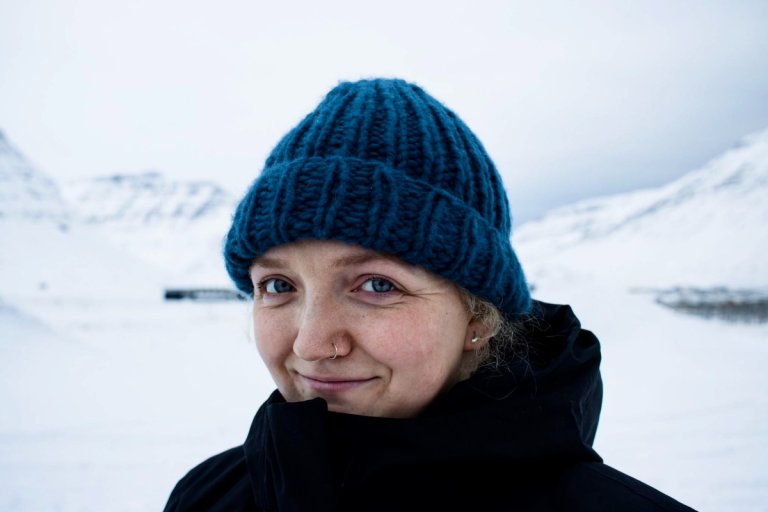Meistaraprófsvörn - Fínkvarða hreyfing hnúfubaka
Á næstunni fara fram varnir meistaranema við Háskólasetur Vestfjarða. Viðfangsefnin eru fjölbreytt og áhugaverð og eru nemendurnir frá bæði sjávarbyggðarfræði og haf-og strandsvæðastjórnun. Varnirnar eru öllum aðgengilegar í gegnum hlekki sem finna má hér fyrir neðan en einnig er öllum velkomið að mæta á varnirnar sem fram fara í Háskólasetri Vestfjarða, Ísafirði.
Nemandi: Sydni Long
Titill ritgerðar: Fínkvarða hreyfing hnúfubaka (Megaptera novaeangliae) í strandsjó hér við land
Námsleið: Haf- og strandsvæðastjórnun
Samantekt á ensku:
Their sighting histories spans over a 10-year period (2011 and 2020) and are centralised in the ÍSland Megaptera novaeangliae (ISMN) catalogue curated by the Marine and Freshwater Research Institute (MFRI). Arrival and movement direction of each humpback individual was based on date and location of the first and the last sighting every year. This analysis revealed information on site fidelity and arrival patterns of individuals. Statistical analysis did not indicate a significant difference in the direction the whales moved after arrival; however, the majority travelled northward. To determine possible drivers to the observed movement, analyses using Pearson Correlation tests were conducted on whale sightings per unit effort (SPUE) from Faxaflói Bay (south) and Eyjafjörður and Skjálfandi Bay (Northeast) versus biomass of herring (Clupea harengus) and capelin (Mallotus villosus) from the International Ecosystem Summer Survey of the Nordic Seas from the MFRI. This analysis showed no statistically significant results for correlation between fish biomass and SPUE. Regardless, this research provides new insights into the movement of humpback whales in Iceland, including possible overlap between humpback whale movements and humans (fishers, industry, tourism), which can inform fisheries and marine spatial legislation, plus whale watching tourism in high-use habitat regions. It also provides a starting point for investigation of predator-prey relationships for further management of Icelandic fisheries and demonstrates the utility of this research approach for whale management.
